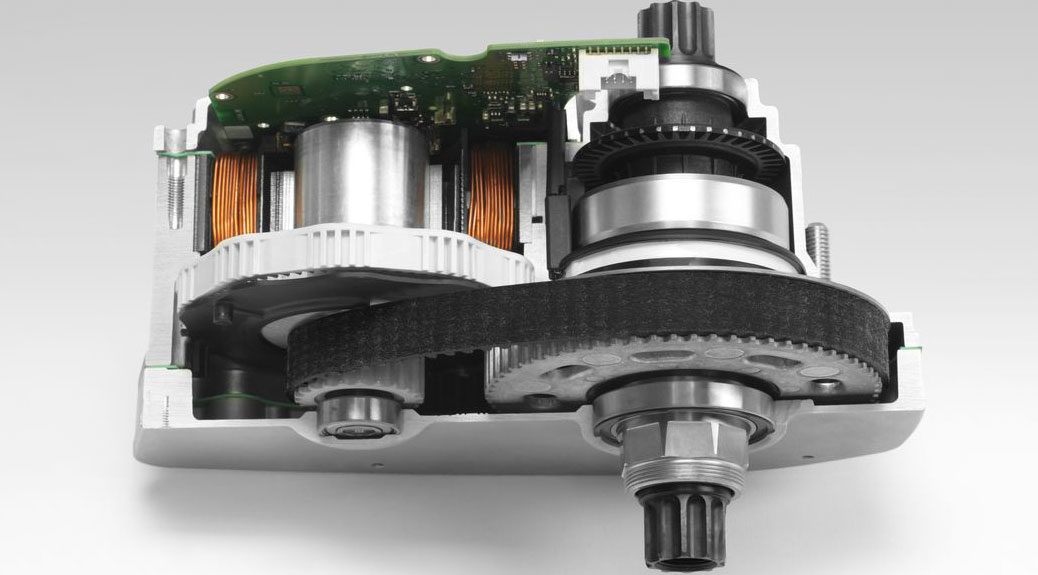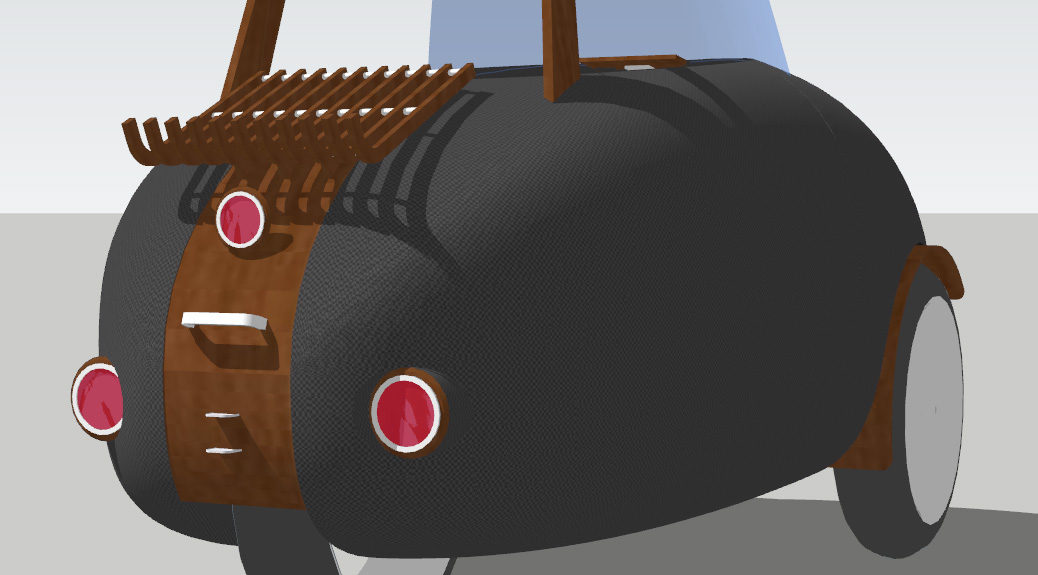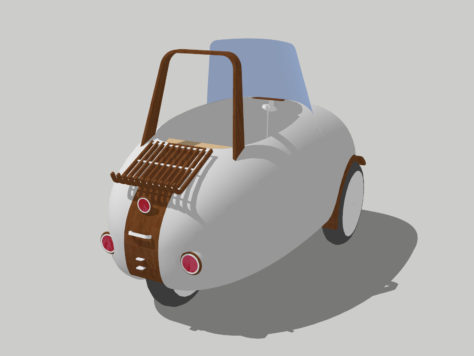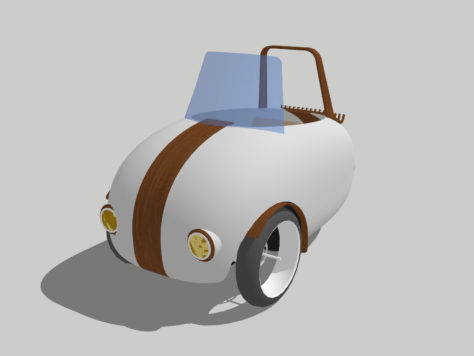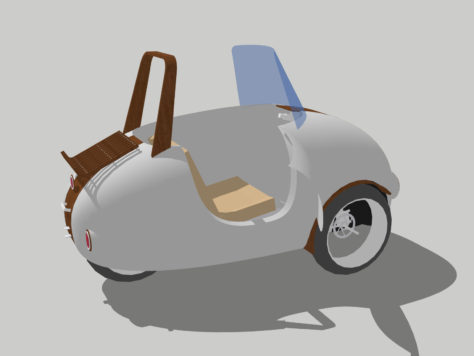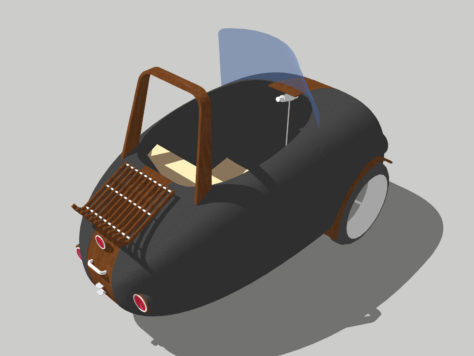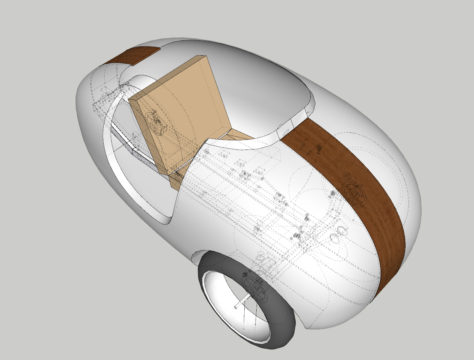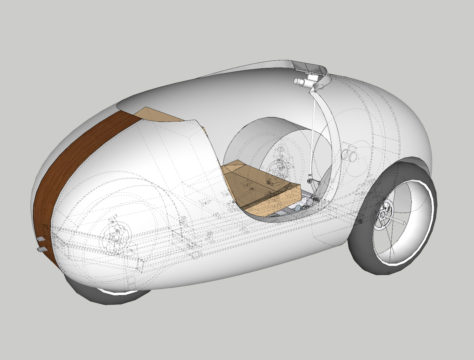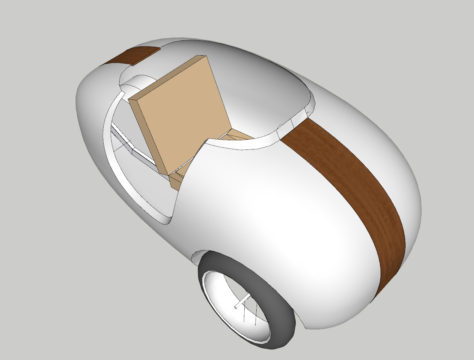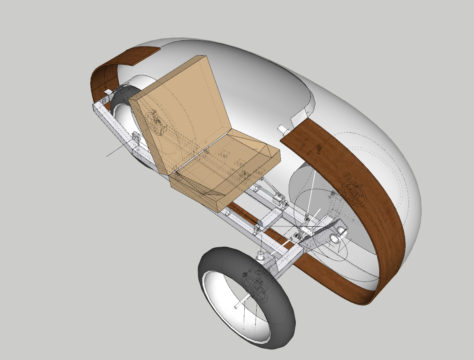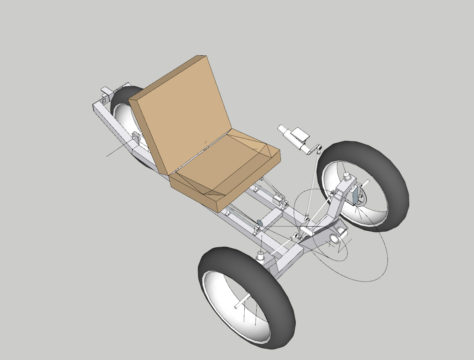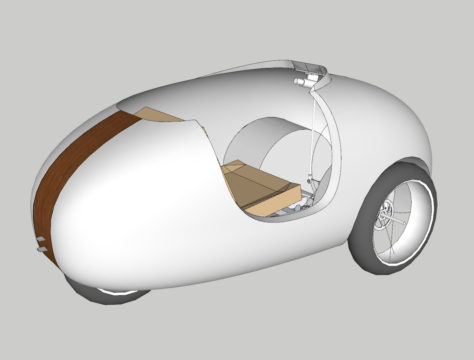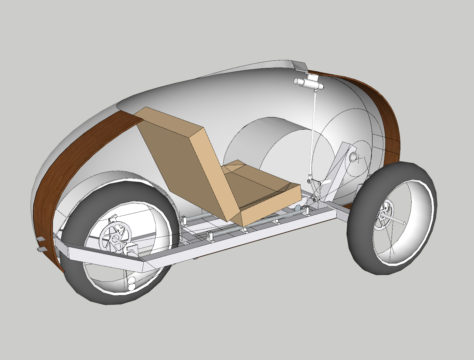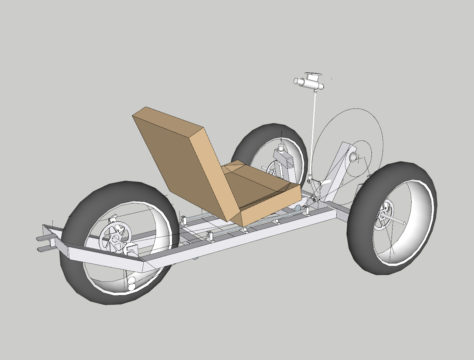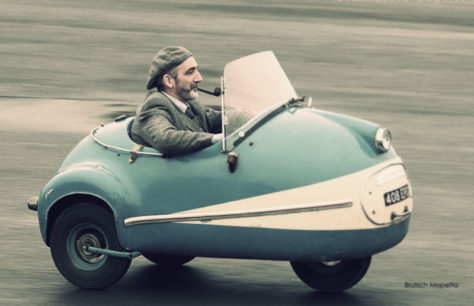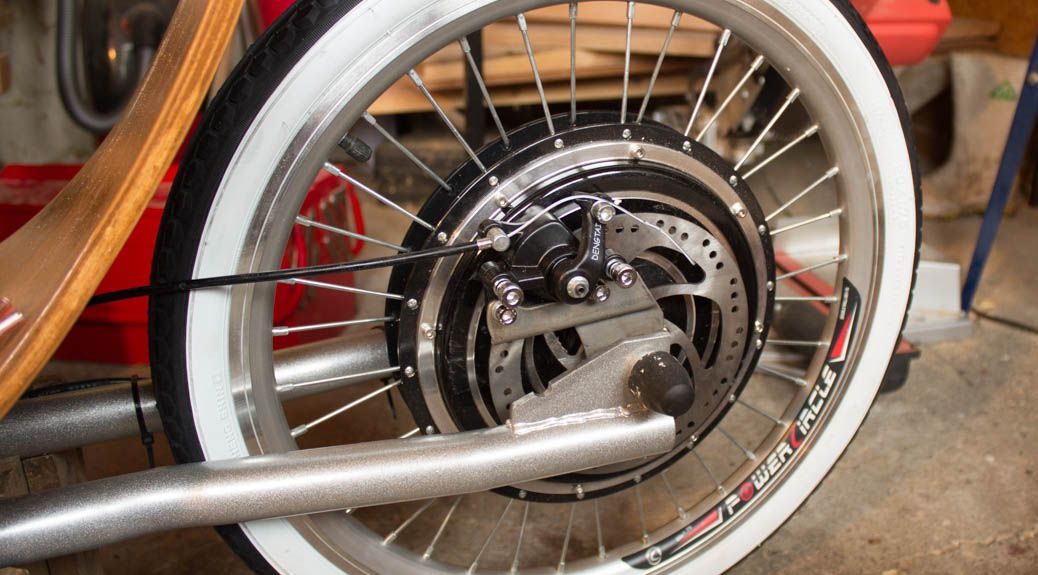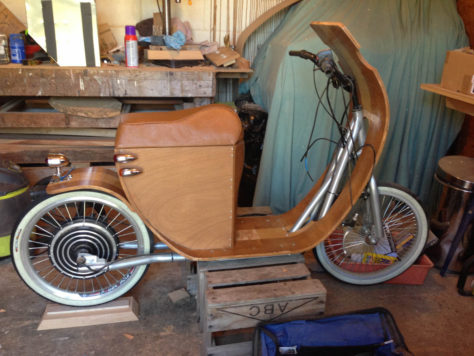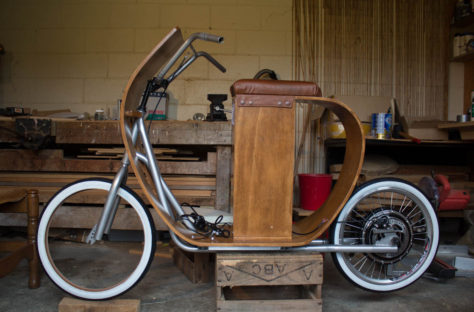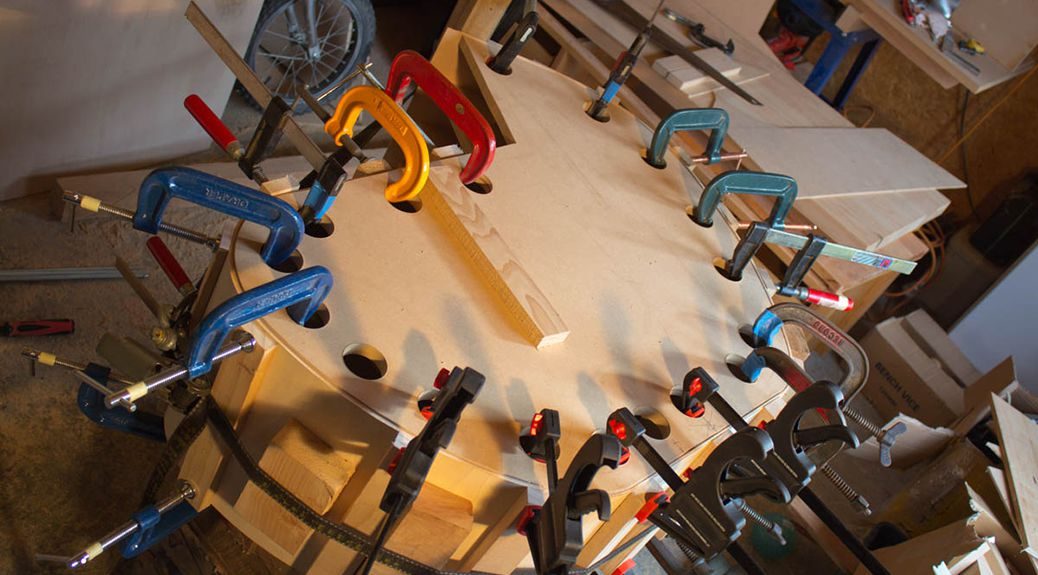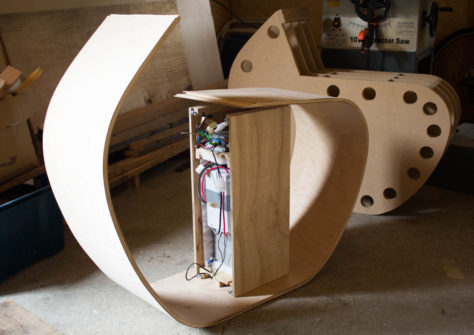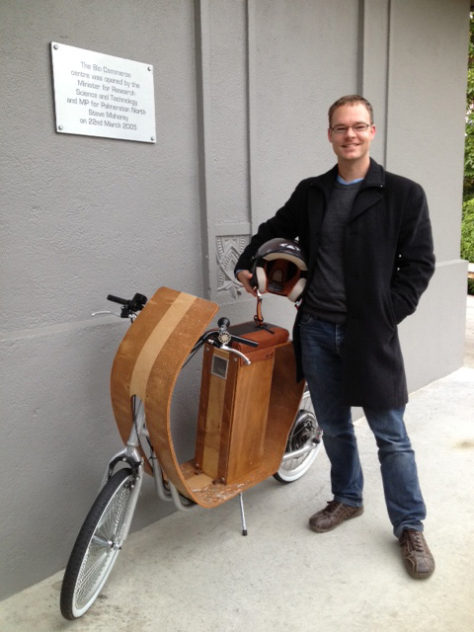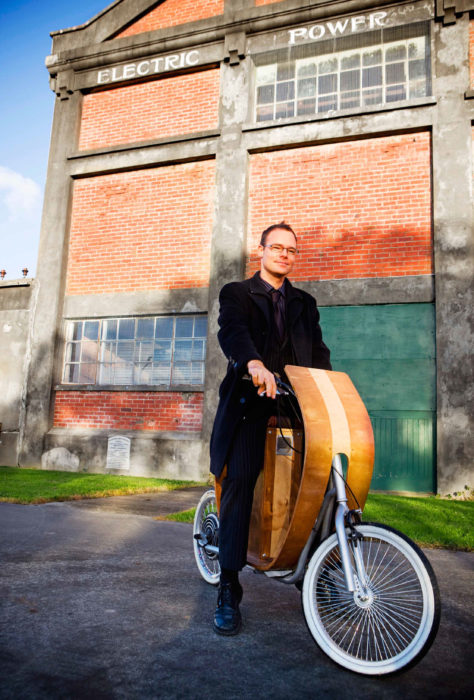The major components that make up the drive train for the Velopetta have been decided. Take a look at the three main parts below.
Motor
Brose
The Brose ebike motor(36V, 250W) was selected because of two very specific features:
- Best-in-class power output of 90Nm of torque
- Super-quiet operation
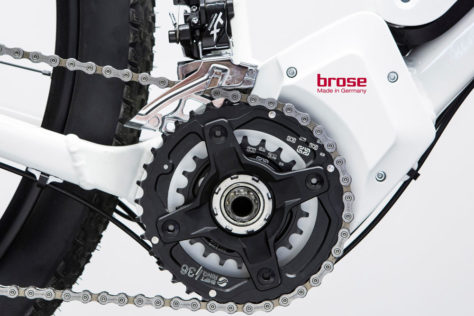
The Velopetta will be heavier than a standard ebike. Being more like a micro-car than a bicycle, it carries the additional weight of the body shell and larger seat. The powerful Brose motor offsets the effect of this weight so that the driver doesn’t have to pedal harder than they would on a standard ebike. The Brose output of 90Nm of torque is 20% higher than Bosch’s top model, the Performance Line CX, which can output a maximum 75Nm of torque.
The Brose uses a very quiet belt drive internally. Most competitors use a system of gears, which generate more noise. Unlike a standard ebike, any motor noise within the Velopetta reverberates within the body shell. Having the quietest in the market (according to Brose) is ideal.
The prototype will use Brose’s 45km/h capable unit. Customers will have the option of a 25km/h version as well.
Battery
BMZ
An advantage of the Brose motor is that it is not tied to a specific battery or even battery manufacturer. The manufacturer is free to choose a battery and display system that suits their requirements.
The motor In the Velopetta will be paired with a 36V BMZ 14Ah Li-ion battery unit, though this will be upgraded to a larger capacity unit for production.
A couple of neat features of BMZ batteries are the magnetic charging plug and the ability to charge the battery on or off the vehicle.
Transmission
NuVinci N380
The NuVinci N380 is a type of internally geared hub. Unlike other internally geared hubs which have discrete gears, NuVinci make continuously variable transmission (CVT) hubs. A CVT has no gears, but instead can be smoothly set to any gear ratio within it’s range.
The N380 has a gear ratio range of 380%, from 0.5 underdrive to 1.9 overdrive.
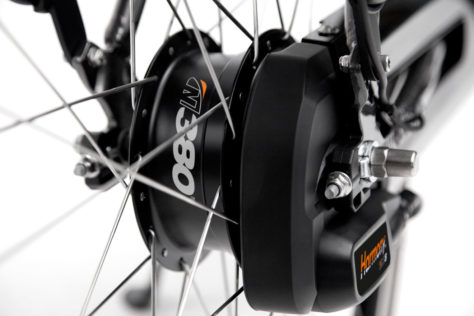
The Velopetta will make use of the Harmony automatic shifting system. The driver can switch between automatic and manual transmission at the press of a button. In manual mode, twisting the grip shift will change the gear ratio, but in automatic mode the grip shift sets the preferred pedal cadence. The Harmony controller then changes the gear ratio automatically to maintain the preferred cadence.


